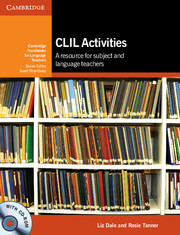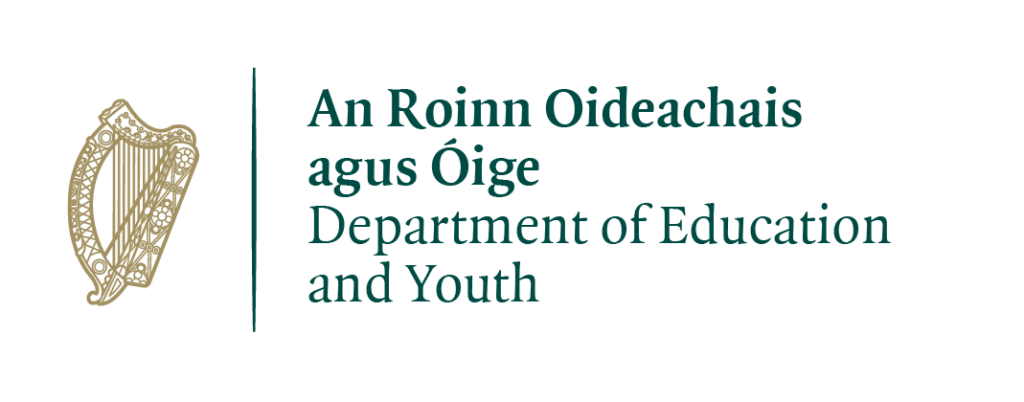
Photo by Kimberly Farmer on Unsplash
The following works are just a selection of key readings for those interested in Content and Language Integrated Learning. This initial list would form a good initial collection of resources for training or continuing professional development.
The resources are divided into relevant subsections based on their content; however, most do also cross over these boundaries into the other categories.
 |
Calabrese, I and Rampone, R (2008). Cross-curricular Resources for Young Learners, Oxford: OUP
A selection of clearly explained, motivating activities that could be easily adapted to the MFL classroom. The book includes a number of photocopiable worksheets organised by age-range. Mainly aimed at the primary age group but would provide ideas for activities at post-Primary also. |
 |
Dale, L and Tanner, R (2012) CLIL Activities, Cambridge: Cambridge University Press
A very practical book that introduces teachers to CLIL in a very non-theoretical, practical way. Includes a framework for collaboration with colleagues when developing units of learning as well as range of different pedagogical supports for teaching all sorts of content through a foreign language organised according to the CEFR and based on sound theoretical CLIL principles. |
 |
Eurydice (2006) CLIL at School in Europe.
An essential report that gives an overview of CLIL education in Europe from the mid-2000s. More recent reports have been produced by the European Union and European Centre for Modern Languages includling the latest Eurydice report included here. |
 |
Chadwick, T (2012) Language Awareness in Teaching, A Toolkit for Content and Language Teachers, Cambridge: Cambridge University Press
A collaborative series highlighting key research in Teacher and Language Education. The aim of the toolkit to help teachers to develop language awareness to support their students with their academic language. Particularly useful for MFL teachers to help them to recoginse the subject specific literacies that exist in other subjects, which, consequently, will support CLIL teaching. |
 |
Coyle, D., Hood, P. and Marsh, D. (2010). CLIL: Content and Language Integrated Learning. Cambridge: Cambridge University Press.
A seminal work in the theoretical and practical aspects of CLIL teaching. A recommended primary read for anyone embarking on their CLIL adventure. |
 |
Marzano, R J, Pickering, D and Pollock, J (2001) Classroom Instruction that Works, Alexandria, VA: Association for Supervision and Curriculum Development. |
 |
Mehisto, P., Marsh, D. and Frigols, M.-J. (2008). Uncovering CLIL: Content and Language Integrated Learning in Bilingual and Multilingual Education. Oxford: Macmillan.
Uncovering CLIL is a practical and informative handbook which will be of use to teachers of all levels of experience. It examines language and content teaching, and reveals how the two can go hand in hand, giving examples of how to use CLIL at primary, secondary and vocational levels. Packed with practical ideas and suggestions, it is the essential companion for CLIL teachers. |
 |
Llinares, A, Morton, T and Whittaker, R (2012) The Roles of Language in CLIL, Cambridge: Cambridge University Press
An examination of how language functions in CLIL, based on a corpus of classroom interactions. A more theoretical text but interesting read to understand how students use of the target language develops over time in different subject and genre contexts. |
 |
Gibbons, P (2002) Scaffolding Language, Scaffolding Learning, Portsmouth, NH: Heinemann
The bestselling Scaffolding Language, Scaffolding Learning helped tens of thousands of primary teachers ensure that their English language learners became full members of the school community with the language and content skills they needed for success. A very practical read! |
For those interested in more specific research, here is an bibliography compiled by Christopher Williams, Head of the Language Centre at the University of Foggia (2017)

